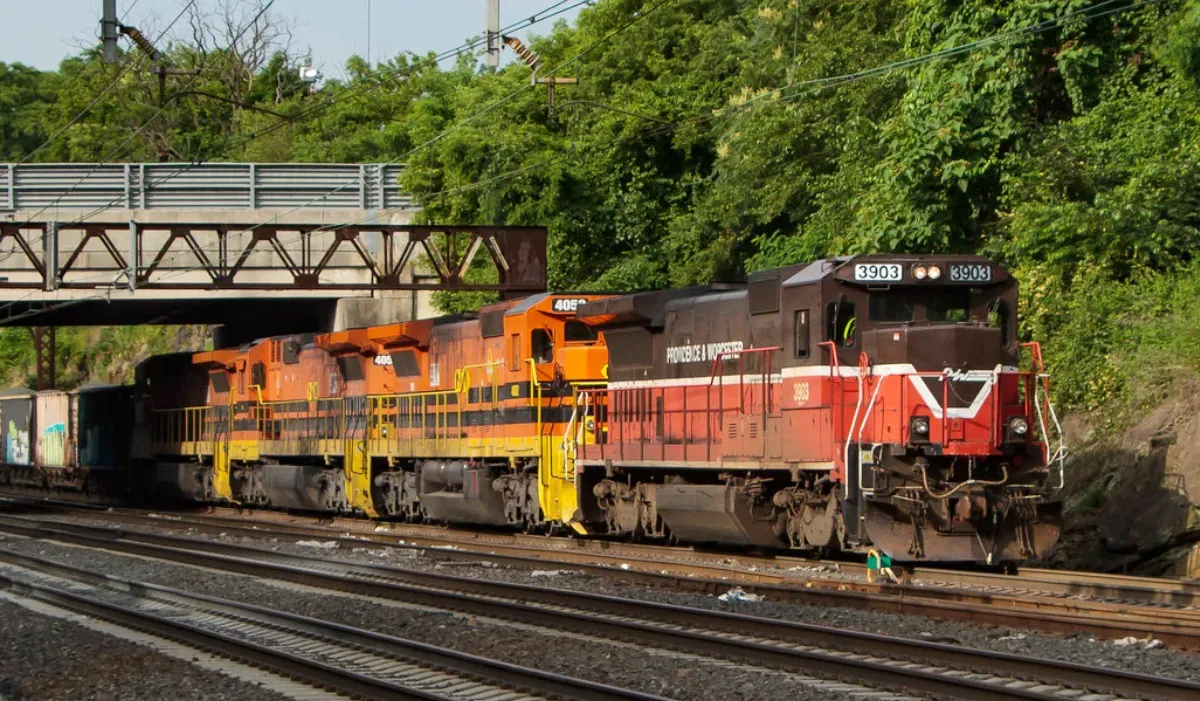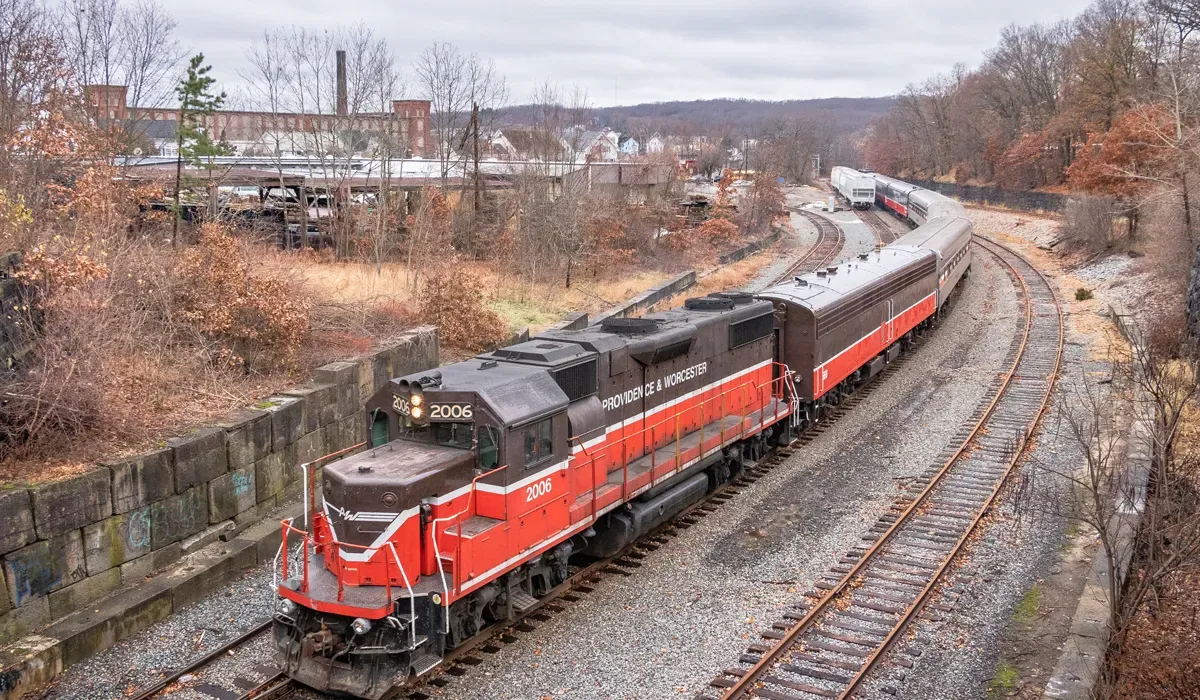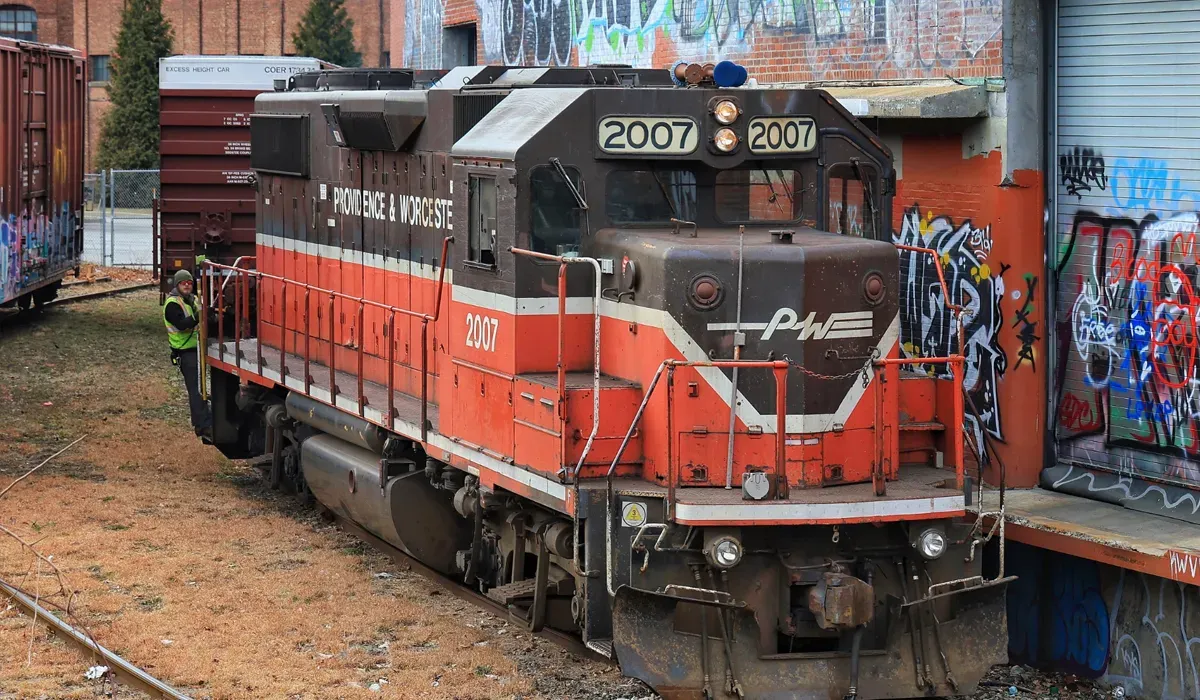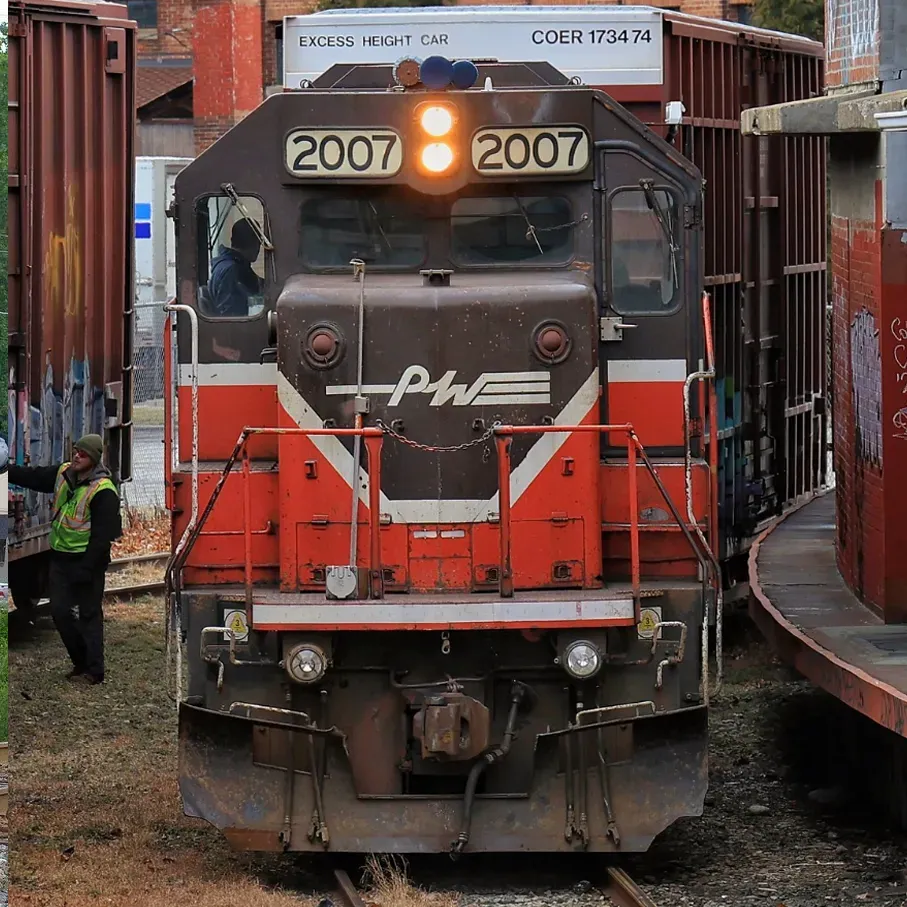REGIONAL RAILROAD
Providence and Worcester Railroad: New England’s Regional Freight Powerhouse Moves Over 38,000 Carloads and 17,000 Intermodal Containers Annually Across 612 Miles


Providence and Worcester Railroad operates one of North America's most extensive regional freight rail networks, connecting businesses across Massachusetts, Rhode Island, Connecticut, and New York with safe, efficient, and environmentally responsible transportation solutions. The railroad manages approximately 612 miles of track, serving key industrial and port locations, and primarily transports commodities such as construction aggregates, automobiles, steel, chemicals, plastics, and processed foods..

FOUNDING HISTORY & ORGANIZATIONAL STRUCTURE
Providence and Worcester Railroad was founded in 1844 by a group of New England businessmen to build a rail line between Providence, Rhode Island, and Worcester, Massachusetts, with its first trains running in 1847. The company expanded over the decades, including mergers and leases with Boston & Maine and Conrail predecessors, and was acquired by Genesee & Wyoming in 2016..
HEADQUARTERS & OPERATIONAL BASES
The company’s headquarters is located at 75 Hammond Street, Worcester, Massachusetts 01610. This facility houses executive offices, dispatching, and administrative functions, and serves as the central hub for operational coordination and customer service..

LEADERSHIP & EMPLOYEES
Michael Miller serves as CEO of Providence and Worcester Railroad, overseeing strategic direction and daily operations. The executive team includes a Chief Operating Officer with a background in regional rail management, a Chief Financial Officer experienced in transportation finance, and a Vice President of Marketing who previously led logistics initiatives for other Genesee & Wyoming railroads.
Providence and Worcester Railroad employs approximately 200 people, with about 140 serving as skilled craftspeople, maintenance workers, and service teams. The workforce includes a diverse mix of operational, technical, and administrative staff, with a strong emphasis on safety and ongoing training.
FACILITIES & OPERATIONS

Major facilities include the main yard and intermodal terminal in Worcester, Massachusetts, which is a key double-stack container hub for New England. Additional significant facilities are located in Valley Falls, Rhode Island; Plainfield and New Haven, Connecticut; and the port terminals in Providence and Davisville, Rhode Island. The railroad also operates at Fresh Pond in Queens, New York, via trackage rights.

Providence and Worcester Railroad maintains compliance with all Federal Railroad Administration safety regulations and has received industry recognition for its safety record. The company adheres to ISO 9001 quality management standards and has received environmental certifications for its efforts in emissions reduction and sustainable operations.
EQUIPMENT & INFRASTRUCTURE
The railroad handles a variety of container types, including intermodal double-stack containers, standard boxcars with capacities up to 100 tons, tank cars for chemicals and food-grade liquids, and specialized flatcars for automobiles and construction materials.
Providence and Worcester Railroad utilizes advanced technology platforms for real-time train tracking, electronic dispatching, and customer shipment visibility. The company offers a secure customer portal for shipment management and provides API integration for logistics partners, supporting automation and data-driven decision-making.
The geographic scope of Providence and Worcester Railroad covers Massachusetts, Rhode Island, Connecticut, and New York, with a total of 612 route miles. Key corridors include the mainline between Worcester and Providence, the Northeast Corridor between New Haven and the Massachusetts/Rhode Island border, and connections to major ports and industrial centers.
Strategic partnerships include interchanges with Canadian National, Canadian Pacific, CSX, Norfolk Southern, New England Central Railroad, Connecticut Southern Railroad, New York & Atlantic Railway, and Pan Am Railway. These relationships enable seamless freight movement across the Northeast and into Canada.

FINANCIAL METRICS & STABILITY
In 2024, Providence and Worcester Railroad reported a pre-tax profit of $12 million on revenues of $85 million. The company’s operating ratio improved to 72 percent, reflecting enhanced operational efficiency.
Recent capital investments include a $10 million upgrade to the Worcester intermodal terminal in 2023 and a $5 million track rehabilitation project in Connecticut in 2024. The acquisition by Genesee & Wyoming in 2016 brought additional resources and network integration.
SERVICE PORTFOLIO

Providence and Worcester Railroad offers a range of logistics services, including full container load and less than container load shipments. Additional services include customs brokerage, trade compliance consulting, cargo insurance, and transloading solutions for bulk and break-bulk commodities.

The railroad has launched a new customer portal to enhance self-service capabilities and improve day-to-day activities for its clients. Additionally, the company offers an API Center to facilitate seamless integration with customer systems, supporting digital supply chain management.
INDUSTRY REPUTATION & NEWS
Providence and Worcester Railroad is actively working to enhance operational efficiency and service quality. The company has implemented automated track inspection systems and upgraded its locomotive fleet with fuel-efficient engines to improve safety and reduce emissions.
Providence and Worcester Railroad’s Site Certification Program has identified optimal rail-served sites and conducts in-depth reviews to ensure readiness for development. This program aims to minimize development risks for customers and enhance supply chain efficiency.
ANALYSIS & FUTURE OUTLOOK